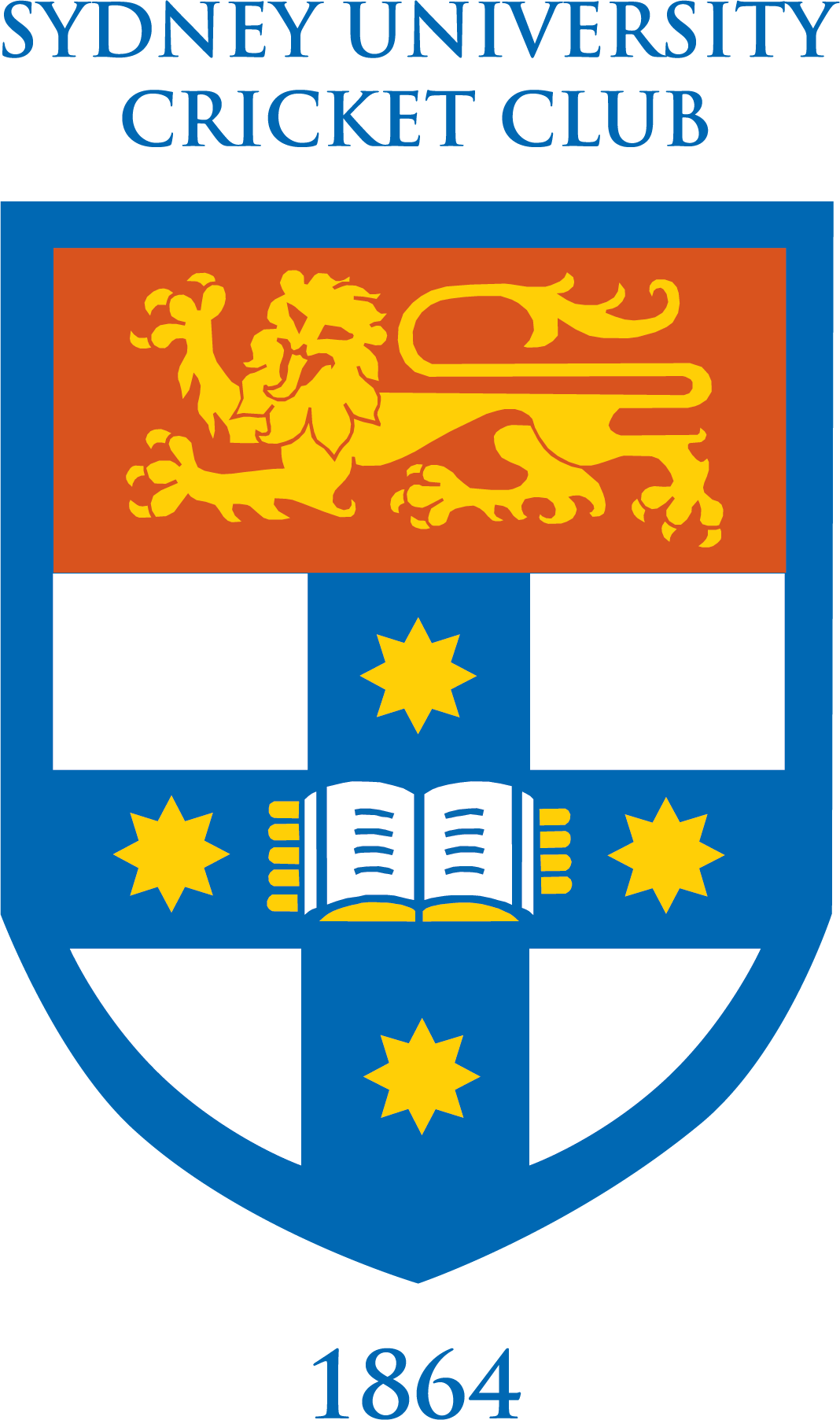The memorials to this bright young Law student who died 106 years ago last Saturday at the age of 22 are surprisingly many and far-flung.
The Blacket family name survives through Alan’s ancestors. His great uncle, Edmund Thomas Blacket (1817-83) was the architect responsible for The Great Hall at Sydney University, St Paul’s College, St Andrew’s Cathedral and many other churches and buildings in the Gothic style around Sydney. Alan’s uncle, Wilfred Blacket (1859-1937) was a respected barrister and litterateur in Sydney in the early 20th century. Another relation, Ralph Beattie Blacket AC (1919-2008), was foundation Professor of Medicine at UNSW. Ralph Blacket played for SUCC from 1937 until 1941, earned a Blue for Cricket and scored 1496 runs for the Club.
Parts of the Blacket family could trace their lineage back to Egbert, King of the West Saxons and the first King of England in 839, and even claimed relationship to Alfred the Great.
At All Saints’ College, Bathurst, where Alan was a student from 1905 until 1912, there is the ‘Lt Alan Russell Blacket Memorial Shield’ for the highest aggregate point score in the inter-House carnivals. At Alan Border Oval in Mosman, he is commemorated on the memorial to the fallen. At St Alban’s Anglican Church in Lindfield, he is remembered by a plaque. At Sydney University his name is on the plaque as you enter the main quadrangle which commemorates those from the University who gave their life in the Great War. And, most poignantly, he lies at rest in a grave in the Boulogne Eastern Cemetery in France.
At All Saints’ Bathurst, Blacket followed a glittering path. He was a Gold medal winner in Athletics, captain of the 1st XV, a talented cricketer, a member of the school cadet corps. He achieved second class honours in the senior exams, and was a recipient of the Wigram Allen Scholarship for Law. He enrolled in Law I in 1913. By this stage, his family had moved to Gladstone Avenue, Mosman.
Blacket involved himself in University life with accustomed vigour. He joined the Sydney University Scouts and played for SUCC in 1913-14, mainly in 3rd Grade where he appears to have been under-graded. He scored 107 not out against Wests in February 1914 in a game where University was beaten outright and followed this with a commanding 145 not out against Glebe in April. The Club was undeniably strong at the time, winners of the 1913-14 1st Grade Premiership, but Blacket may have decided to force the issue in 1914-15 when he was the Club’s delegate to the Sports Union and a member of the selection committee for the 2nd Grade side. Inexplicably, however,he lost form, scoring only 105 runs in his first seven innings in 2nd Grade. Perhaps his Law studies consumed him. He had taken up with his uncle, Wilfred Blacket KC, at Denman Chambers in Pitt St and was associate to Justice Philip Whistler Street, one of whose sons, Laurence, was to be killed at Gallipoli in 1915.
Unavailabilities during the University vacation presented him with an opportunity. On the day before his twenty first birthday, 8 February 1915, he strode out to bat at Parramatta Oval at number 4. He made only 6 but University’s innings was held together by Eric Barbour’s 88 and University scraped to a slender 1st innings victory. Blacket retained his place but batted at number 9 in the next game against Glebe and scored a match-winning 37 not out. It was to be the last time he got to double figures as his next four innings produced 6, 1 not out, 6 and 6. This was the end of his cricket career.
By the time the next season started, Blacket, a Law III student, had enlisted at Liverpool and had been appointed Lieutenant in 19 Battalion. He sailed from Sydney for Egypt in December 1915. From March 1916, he was moved from Alexandria to Marseilles, to Etaples and finally into battle at Armentieres and Pozieres, some of the evocative places in Australian memory. On 28 July, while in the battalion headquarters dug out, he was severely wounded by a shell or by gunshot (the accounts differ) to his chest and lungs, and evacuated to Boulogne Hospital. He hung on. One of his men, Lance Corporal Sutherland of 19 Battalion, wrote of him: ”He proved himself a very brave little chap and cool headed.” But, on 13 August, he lapsed into a coma, tetanus having set in, and was unconscious for three days until death took him at 6.20pm on 16 August. He was buried two days later by a Church of England chaplain, Reverend C C Aldred.
His distraught parents, James Russell Blacket and Isabel (nee Sutherland), who had been married in Bathurst in September 1892, were to outlive their oldest son by some years. His father died in 1939 and his mother in 1948, aged 83, but she was young enough to see her youngest son, Keith Etheridge Blacket, nine years younger than Alan, serve as a Major in the 2nd AIF. An indication of the family’s sense of duty is in an extraordinarily gracious letter that his father sent to the Army in January 1917. Mr Blacket, having received some of his son’s effects, offers his greatcoat, boots and uniform for possible re-issue: “I may be glad to consign them to you or hold them at the disposal of your agents here.”
His son had served his country with great bravery.
James Rodgers

